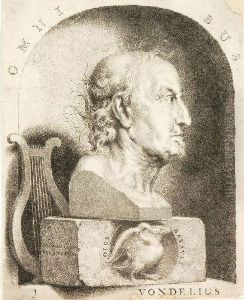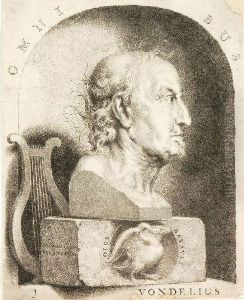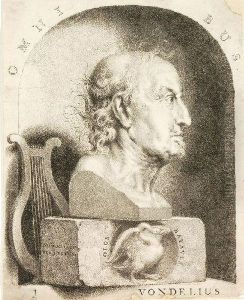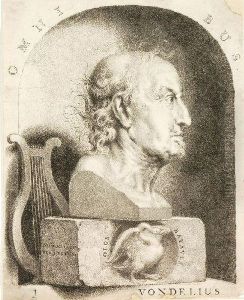Janus Lutma Paintings
Janus Lutma, also known as Johannes Lutma the Younger, was a Dutch Golden Age sculptor and medalist born in 1624 in Amsterdam, the Netherlands. He was born into a family of artists; his father, Johannes Lutma the Elder, was a renowned silversmith. This background provided Janus with an environment rich in artistic influence and craftmanship from an early age.
His father's reputation and skill in metalwork undoubtedly shaped Janus's early training and career choices. It is believed that he initially worked under the tutelage of his father, learning the art of goldsmithing and sculpting in precious metals. Despite the prominence of his father, details about Janus's early life and training are relatively scarce.
Janus's work is characterized by the intricate details and the high level of craftsmanship typical of the Baroque period, which was prevalent during his lifetime. His creations include various decorative objects, such as reliquaries, and medals, which were highly prized by collectors during the 17th century.
Lutma's artistic contributions are often overshadowed by those of his father, and as such, less is known about the breadth of his work. Unfortunately, many of his pieces did not survive through the centuries, or their attributions have become uncertain over time. Nevertheless, he is recognized for his skill in metalwork and for his contribution to the Dutch Golden Age of art.
Janus Lutma passed away in 1669 in Amsterdam. His legacy, although not as well-documented as that of other artists of the time, remains significant for the study of Dutch sculpture and metalwork of the 17th century.



